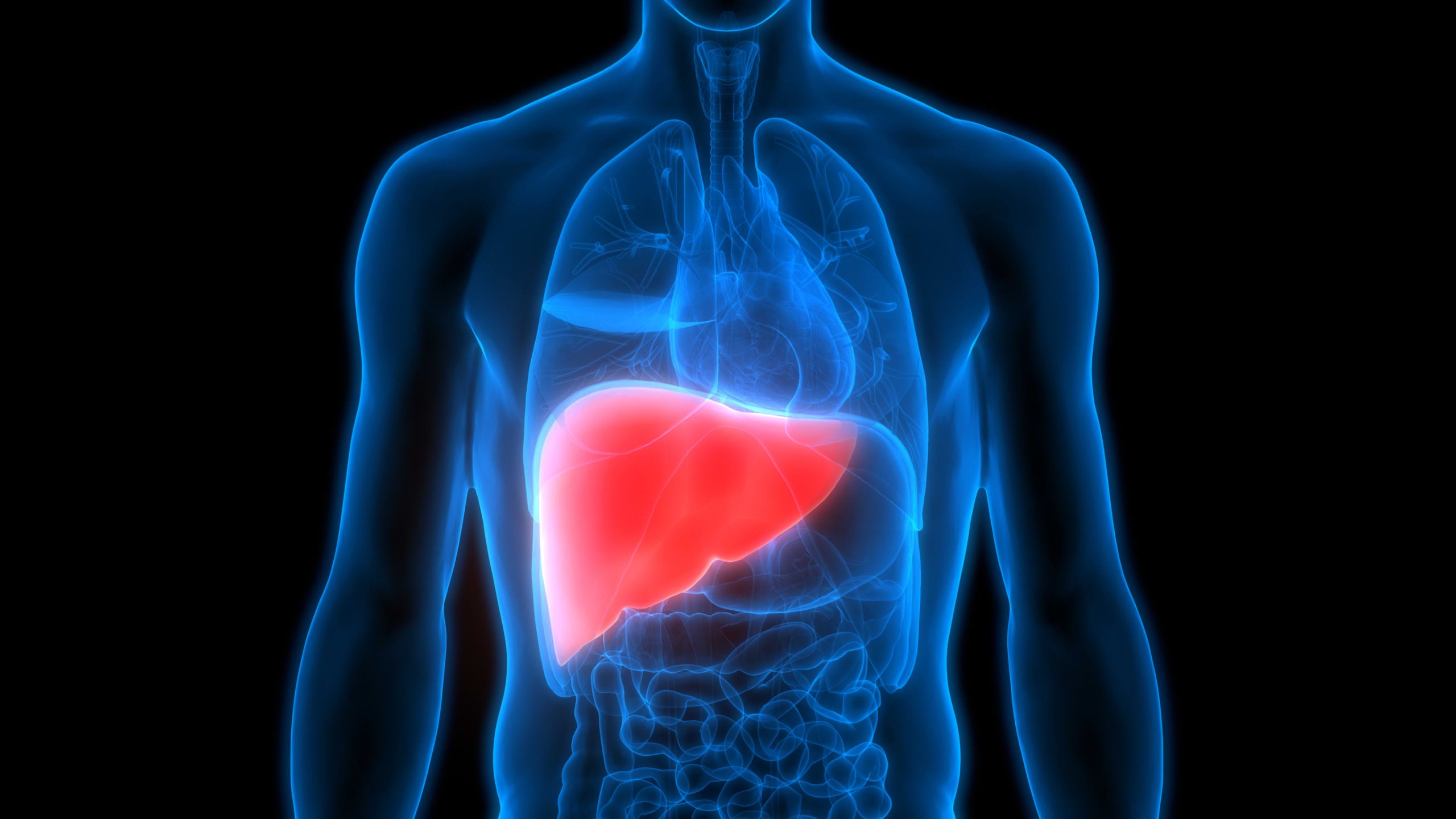The rates of nonalcoholic fatty liver disease, which can progress to life-threatening conditions such as cirrhosis and liver cancer, have been soaring over the past three decades, a new study reveals.
Hispanic Americans, especially Mexican Americans, are disproportionately affected by the disease, which causes excessive fat buildup in the liver.
Although fewer white Americans currently have the disease, their rates have increased rapidly—133% over three decades, more than double the rate of increase seen in Mexican Americans, researchers reported Friday at the annual meeting of the Endocrine Society.
More than a third of the tens of thousands of adult participants in the study developed the condition, now often referred to as metabolic associated fatty liver disease.
“More and more people are getting extra fat in their livers,” said co-author Dr. Theodore Friedman, an endocrinologist and professor of medicine at both the Charles R. Drew University of Medicine and Science and the UCLA David Geffen School of Medicine.
Certain genes and metabolic disorders, such as obesity, diabetes, pre-diabetes, high blood pressure, and high cholesterol, are known to raise the risk of nonalcoholic fatty liver disease (NAFLD), a leading cause of liver transplantation.
Having an apple shape rather than a pear shape is also linked to the disease, experts say.
Friedman suggests people steer clear of junk foods and overly processed foods and reduce carbohydrate intake.
“It’s a disease that develops because people are eating poorly and not exercising,” he said. “I always tell patients to eat more vegetables.”
To examine the rates of NAFLD more closely, Friedman and his team analyzed data from the National Health and Nutrition Examination Survey.
An analysis of data from 32,726 adults who participated in the study revealed that NAFLD rose from 16% in 1988 to 37% in 2018, an increase of 131%.
- Among Mexican Americans, the rate of NAFLD was 36% in 1988 and rose to 58% in 2018, an increase of 61%.
- Among African Americans, the rate was 11% in 1988, rising to 25% in 2018, for a 127% increase.
- Among white Americans, the rate in 1988 was 15%, which rose to 35% in 2018, for a 133% increase.
Most people with fatty liver disease don’t know they have the condition, often called a “silent disease” because it has few or no symptoms. People who do have symptoms may experience fatigue or discomfort in the upper right side of the abdomen.

Nonalcoholic fatty liver disease is the most common cause of liver disease in the U.S., according to the National Institutes of Health.
“Because it’s so common in people with diabetes and obesity, doctors should be looking for it in people with those conditions,” Friedman said.
There’s no approved medication to treat it, but fatty liver disease can be reversed.
“People who exercise and lose a lot of weight can revert to normal,” Friedman said.
If NAFLD continues unchecked, it can develop into nonalcoholic steatohepatitis (NASH), which causes cell damage and inflammation of the liver, eventually leading to cirrhosis.
Friedman hopes his study will alert people with risk factors to the possibility that they might have developed fatty liver disease without knowing it.
He noted that the new class of weight loss drugs — Ozempic, Wegovy, and other GLP-1 agonists, which also help people with diabetes control their blood sugar — might aid in reversing fatty liver disease caused by metabolic factors.
“But I think lifestyle modifications are a better choice,” he said.
Gastroenterologist Dr. Meena Bansal, director of the NASH Center of Excellence at the Icahn School of Medicine at Mount Sinai in New York, said the study highlights the increased prevalence among Hispanic people.
“There is a higher prevalence of a genetic mutation that increases the risk for this disease in Hispanic patients,” said Bansal, who was not involved in the new research. “We need to do more about educating that population about their risks.”
It’s important to realize that a genetic predisposition doesn’t guarantee fatty liver disease, Bansal said. The best way to avoid it is to maintain a healthy diet and exercise regularly, she added.
Dietary trends that started in the late 1980s may help explain the increases in fatty liver disease in all populations, Bansal said. That’s when “they started adding high fructose corn syrup to sodas,” she said, adding that the sweetener stimulates the liver to produce more fat.
Fatty liver disease “is only important if it’s causing inflammation and scarring of the liver,” Bansal said. One way to know if you’re at risk is to have your doctor calculate your FIB-4 score, she added.
Weight loss can make a significant difference, said Dr. Suzanne Sharpton, an assistant professor of medicine in the division of gastroenterology, hepatology, and nutrition at Vanderbilt University Medical Center.
Even the most severe form, NASH, “at most stages is reversible with significant weight loss,” she added.
However, being thin may not completely protect against NAFLD. Only a small percentage of people with fatty liver disease are thin, but at least one study suggests that thin people with NAFLD are at a greater risk of dying from the condition.
It’s possible that NAFLD in thin people is related to other metabolic issues, said Dr. Lisa Ganjhu, a gastroenterologist and hepatologist at NYU Langone Health.
“You don’t have to be obese,” Ganjhu said, adding that thin people sometimes have high blood cholesterol levels, for example.
The new study “is a big call for action,” said Dr. Sammy Saab, a professor of medicine and surgery at the UCLA David Geffen School of Medicine.
“The problem is we don’t have a good treatment now. We need a pharmacologic intervention, a medication that can reverse the liver damage we see.”
It’s not just in the U.S., Saab said.
“Throughout the world it’s a huge problem,” he added. “Among women, it’s the most common reason for liver transplants.”
